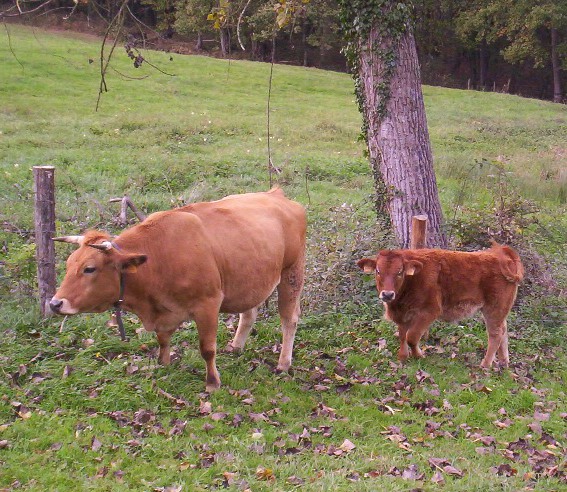Type the name of the breed you're looking for below
[wpdreams_ajaxsearchlite] Don't see the breed your're looking for? Click here and let us know!
Asturian Valley cattle
| Place of Origin | Spain |
| Origin | Asturian Valley cattle are native to northern Spain and are thought to have been bred and raised in the valleys of Asturias, Spain. By the 19th century, they were the most abundant breed in northern Spain. This breed had a very large population in the ancient times, but the introduction of more specialized European breeds, caused a gradual and general decrease in the number of pure breed individuals along the present century in a fast absorption process. However, a slight increase in the number of registered animals took place in the eighties, and this tendency continues. Now the breed is expanding not only in number of individuals but also geographically, from its traditional distribution area in the southwest of Asturias towards the north of Leon, Galicia and Cantabria. At the beginning of the 20th century, a massive invasion of foreign breeds dangerously lowered the numbers of Asturian Valley to about 22,000 head. During the 1980s, the Asociación Española de criadores de ganado vacuno selecto de la raza Asturiana de los Valles (ASEAVA, 'Spanish Association of breeders of selected cattle of the Asturian Valley breed', founded in 1981) and the Spanish government initiated motions to protect the breed. Now the breed is once again prominent in northern areas and spreading to other parts of Spain. |
| Purpose | Meat and Dairy. They are most appreciated for high quality of meat and milk rich in fat and protein. |
| Appearance | Asturian Valley have a straight profile, chestnut coats with tones ranging from very pale yellow in the lightest coats of the females to a reddish tone, with discolored cream in the inner part of the extremities and around the snout and black in the end and front of the extremities. In males, the coat is generally darker and more so at the back of the head, neck and dewlap, bottom of the abdomen and in the feet, where the colour is completely black. Light colored coats are rare. Always black, the tone of the mucus membranes is typical of the breed, as is a more or less marked black spot under the eyes, and at the end of the tail, round the eyes and hoofs |
| Horns | The horns are short and is white but its end is black. |
| Cows Average Weight | 600 - 700 kg (1323 - 1543 lbs) |
| Bulls Average Weight | 600 - 700 kg (1323 - 1543 lbs) |
| Other Considerations | Asturian Valley cows are good mothers, calve with ease, show high fertility and wean large, well-shaped calves. Surprisingly for those not used to them, they are very calm animals, which makes handling very easy. Moreover, they are rustic animals which manage well in difficult lands and endure extreme temperatures well. |



